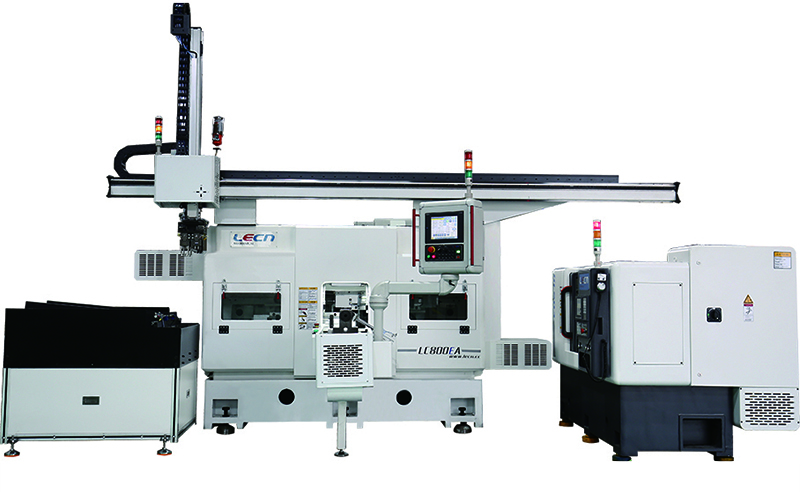Mar. 22, 2024
There are various reasons for tool marks on CNC machines during mould machining, mainly including but not limited to the following aspects:
Low interpolation accuracy or unstable sampling cycles of the CNC system may lead to tool marks, especially in domestic CNC systems. If the hardware and software accuracy design is inadequate, cumulative errors may occur during continuous trajectory interpolation.
Transmission errors of ball screws or linear guides, such as lead errors of screws, presence of clearances, and wear, may result in reduced positional accuracy and consequently cause tool marks.
Issues with the accuracy of the spindle, spindle drawbar, and clamping fixtures on the worktable. Deformation, looseness, or wear of these components can affect the repeatability of tool positioning.

During tool changes, poor repeat positioning accuracy of the tool holder can cause slight variations in the actual starting position of the tool after each change, resulting in marks at the tool interface.
Uneven tool wear or ineffective use of tool radius compensation functions may cause the actual contour of the tool to deviate from the ideal contour, resulting in tool marks during continuous cutting.
Improper installation angles of tools, inappropriate selection of tool tip radii, or lack of precise adjustment after tool replacement can also lead to tool marks.
Unreasonable process route planning, such as improper tool path design when milling flat surfaces, leading to overlapping cuts, especially when using climb milling and conventional milling alternately, can more easily cause noticeable tool marks.
Unreasonable setting of processing parameters, such as inappropriate cutting speed, feed rate, cutting depth, etc., resulting in large fluctuations in cutting force, uneven tool loading, and tool marks.
The initial state of the workpiece, such as uneven hardness, inclusions, deformation after heat treatment, etc., may also affect the cutting process of the tool, indirectly leading to the appearance of tool marks.
Considering the above factors, addressing the issue of tool marks produced by CNC Machining in mould machining requires optimizing machine tool accuracy, formulating processing technologies reasonably, and improving the level of tool management and utilization. Meanwhile, advanced CNC systems with higher dynamic response capabilities and error compensation functions can effectively reduce the occurrence of tool marks.
Previous: None
Next: None
If you are interested in sending in a Guest Blogger Submission,welcome to write for us!
All Comments ( 0 )